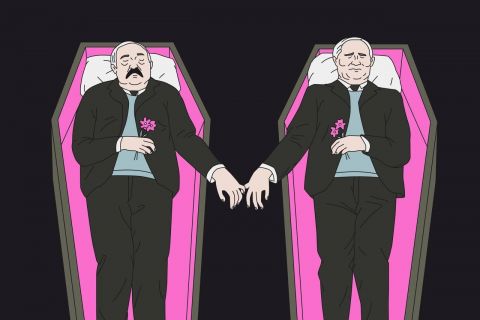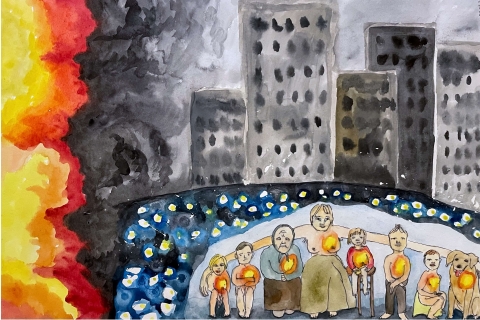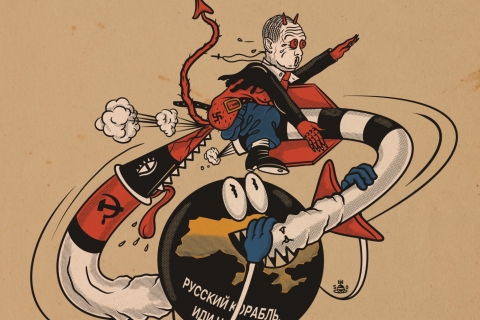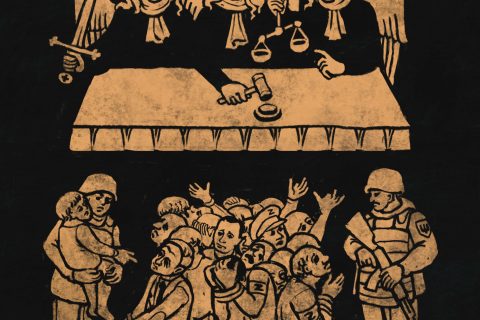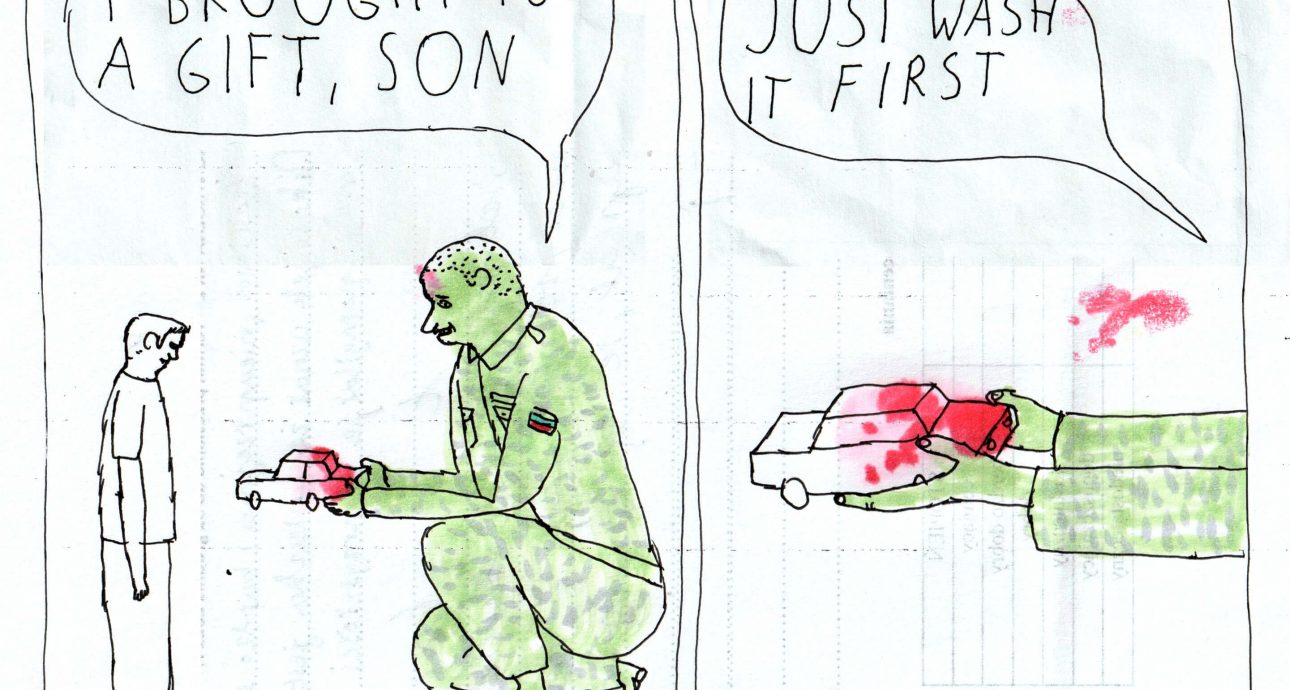
Ugly Art for Ugly Times: Janek Koza Cartoons
Deliberately hideous and primitive drawings have been here for a long time. According to the New York Times columnist, ugly art reflects ugly times. As an example, he discusses Otto Dix’ works created in the 1930s as the Second World War crept closer; Philip Guston, a cartoonist, who worked in the 1960s illustrating race riots in America; and noxious colors of Albert Oehlen, which he found amidst the Cold War in the 1980s.
One may argue if this theory is true. However, a trend for ugly drawing is currently taking over social media. Janek Koza, a Polish illustrator and cartoonist, is among the most striking representatives of the movement. In his work, he reflects on important things, including climate change, minority rights, and — from recently — the war in Ukraine.
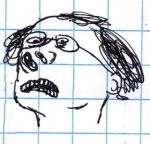
Polish illustrator and cartoonist. Studied painting and new media at the Academy of Fine Arts in Wrocław, Poland. Worked as an animator, created graphic novels. Has been drawing satirical cartoons for newspapers for over 10 years. Has a regular weekly column in one of the biggest Polish magazines, "Polityka" and partners up with other newspapers.
— I’m inspired by ordinary people, situations on the street, in stores or on the bus. I try to read and watch as much as I can to stay updated on what’s going on in the world. 95% of my time I spend sitting mindlessly at my desk, scrolling through the news feed, and poking around in my head. I think that it takes a lot of empathy and knowledge to make a good comment on reality.
Ugly, scruffy, sloppy, careless — that’s my style described in a nutshell. Frankly speaking, I don’t pay much attention to style. But I want my drawings to mean something and to be more than just a background for a joke. I’m sure that the drawing itself speaks louder than the text in bubbles.
Ugly, scruffy, sloppy, careless — that’s my style described in a nutshell.
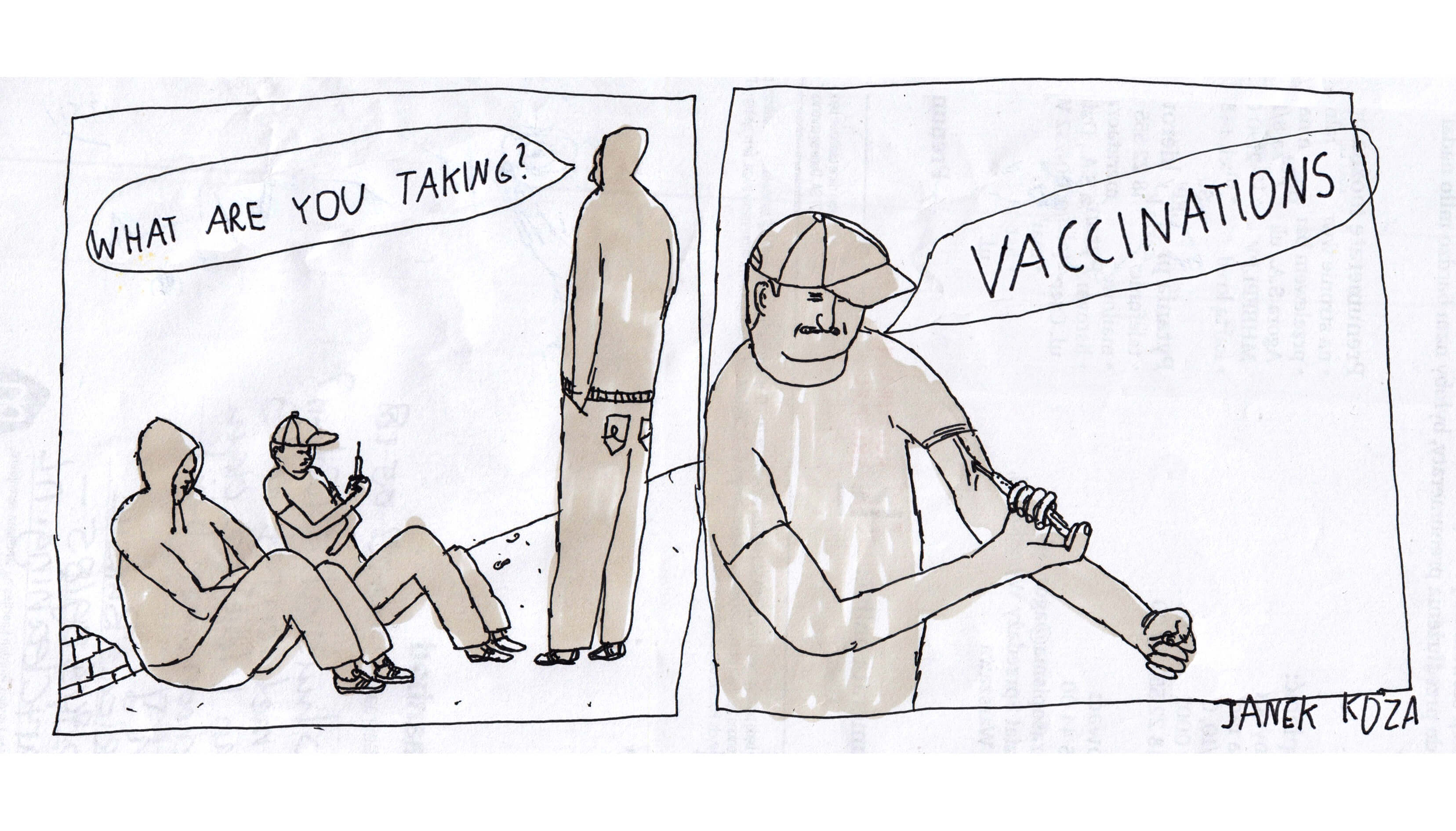
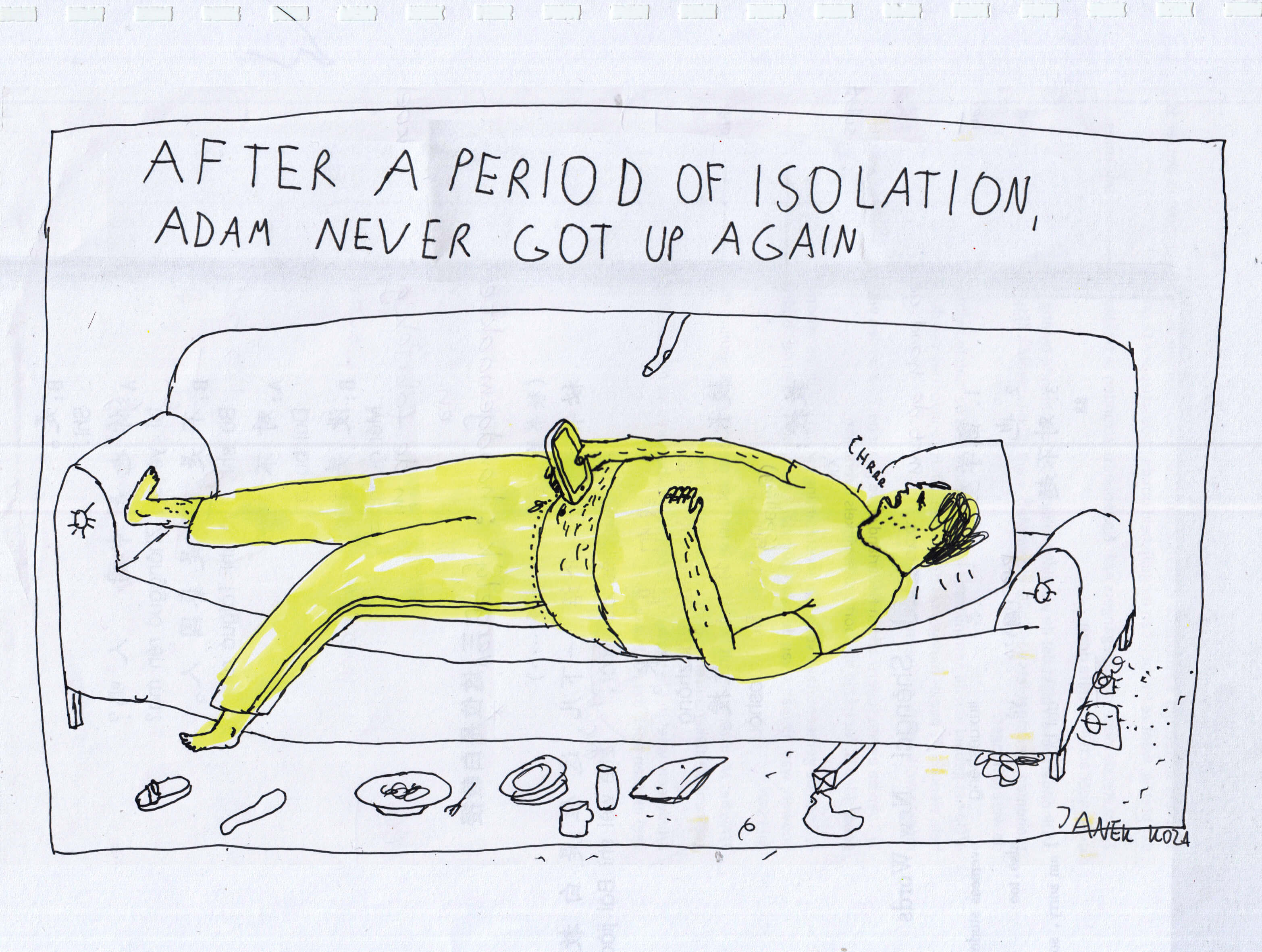
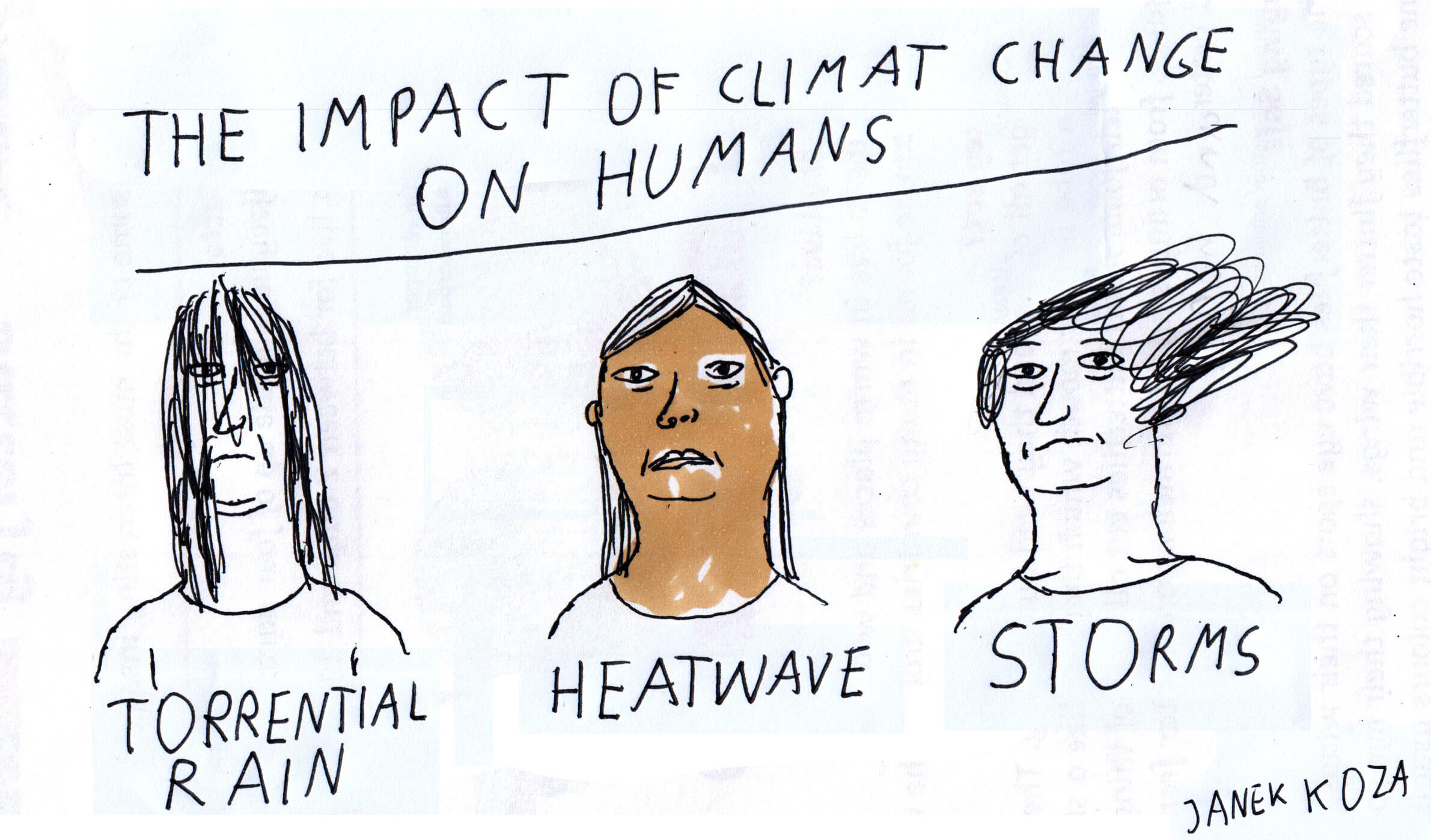
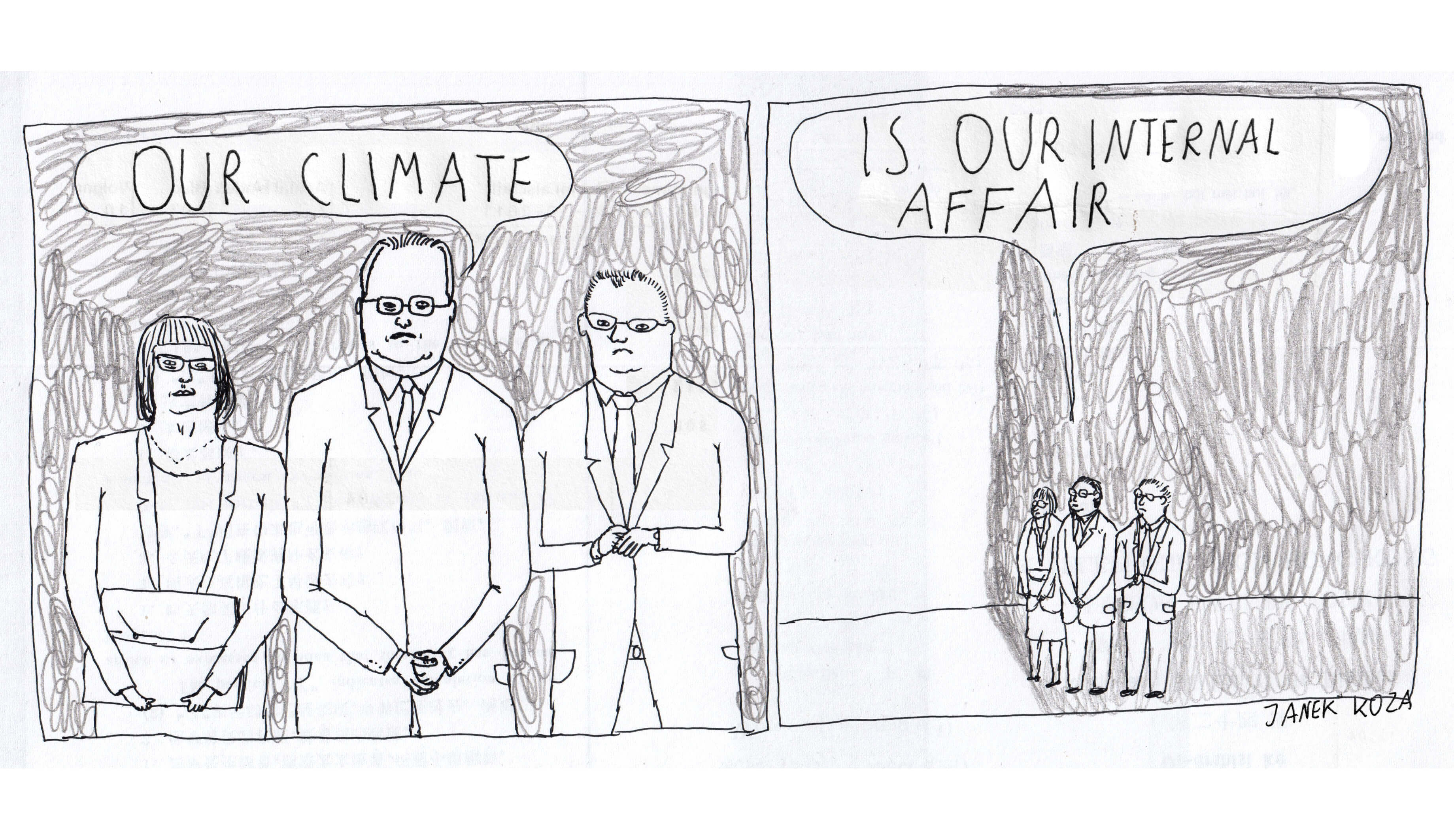
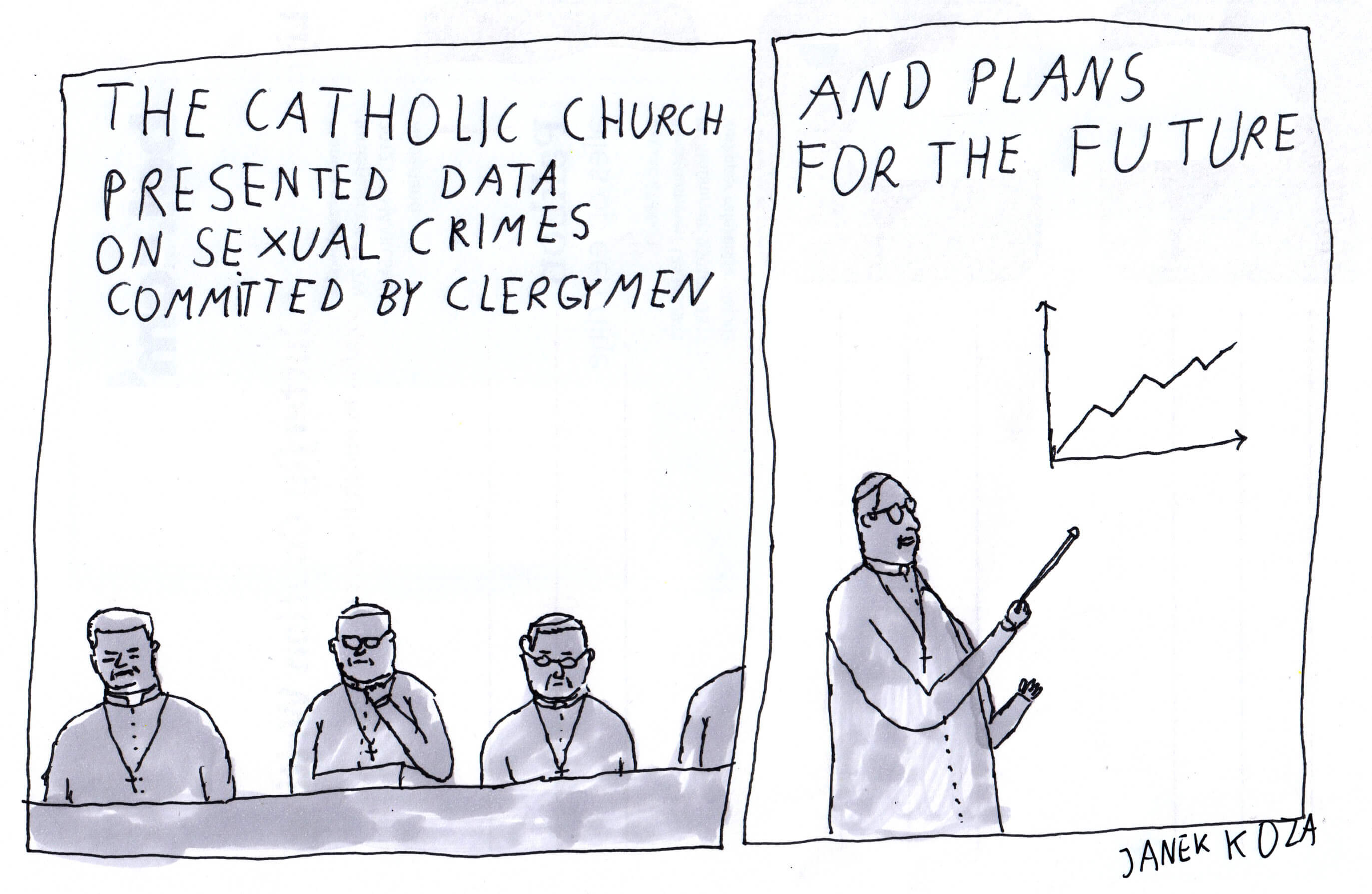
Working for the paper, I read the news every morning. That’s how I learned that Russia invaded Ukraine. Firstly, I thought that the attack would only affect the Eastern regions. It seemed that it might be similar to the annexation of Crimea in 2014. However, it turned out to be an attack on the whole country. I was appalled by the cruelty of the Russian troops.
My job as a cartoonist is to comment on the important events in politics and society. The war in Ukraine is by far the most important one. Apart from all the horrors that it has already brought on Ukraine, it also threatens Poland and the whole of Europe.
It was hard for me to draw in the beginning. It’s not easy to make jokes about the war. In the first weeks, I did almost nothing. The Polish media was overloaded with information about helping refugees and people, who fight for Ukraine. These messages seemed crucial, and I didn’t want to distract people from them. Then some rebound was needed, and I started drawing.
Memes help to deal with stress and draw people’s attention to what is happening in Ukraine. They can unite people together and encourage them to join anti-war rallies. They show support and, at the same time, illustrate the enemy as a cruel and petty creature. I think this is an important thing to do. But I try to avoid propaganda or simplifications.
Memes help to deal with stress and draw people’s attention to what is happening in Ukraine. They can unite people together and encourage them to join anti-war rallies.
One day I saw a post where Ukrainian soldiers search Russian bags from a burnt-out tank. There were tons of stolen things. Among others, there was a small toy car. That’s when I imagined a situation when a Russian soldier comes back home and gives this toy to his child. How would the child feel one day when he found out where the toy came from? How can you reconcile love for your own child and savagery towards other kids?
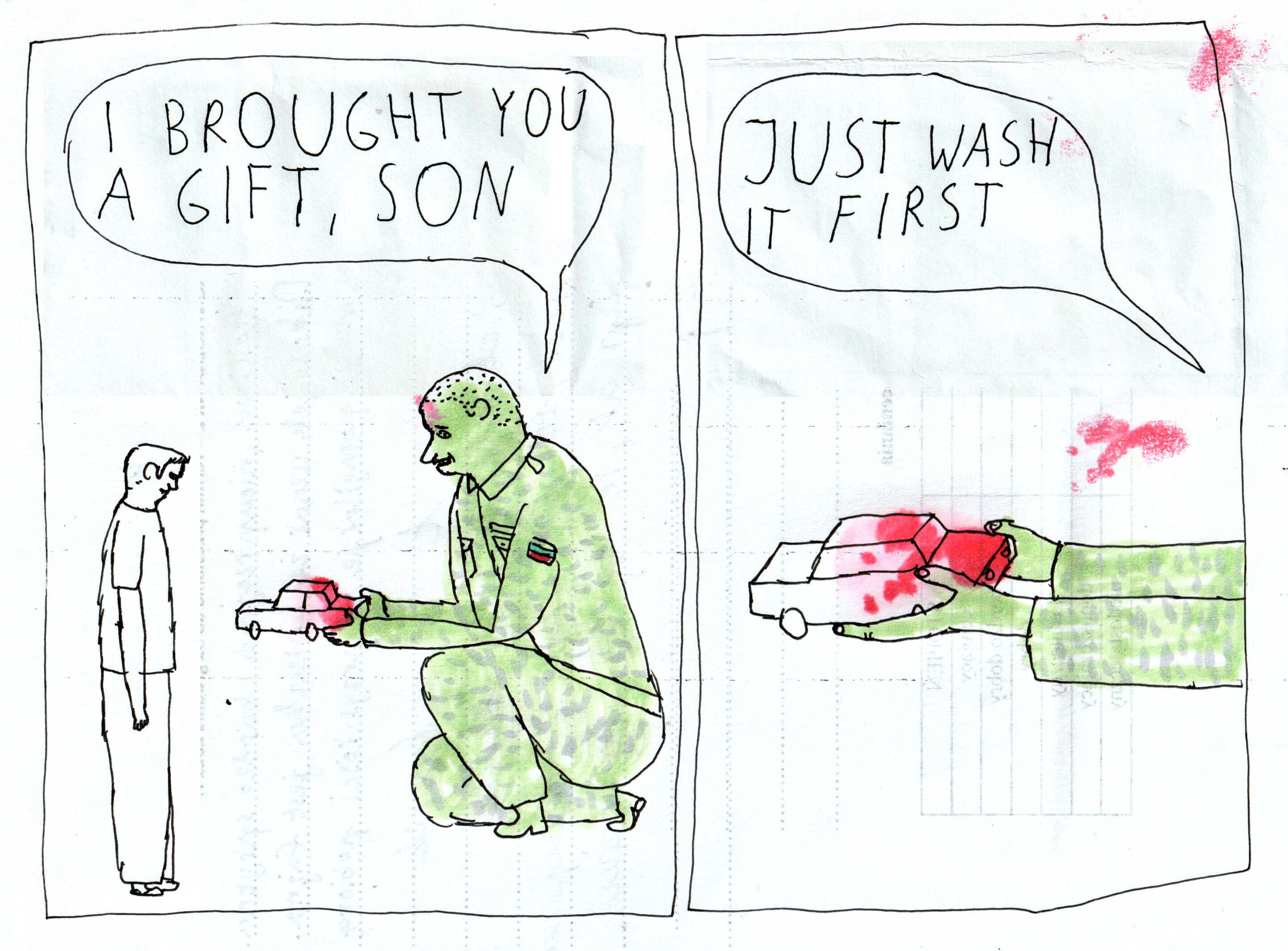
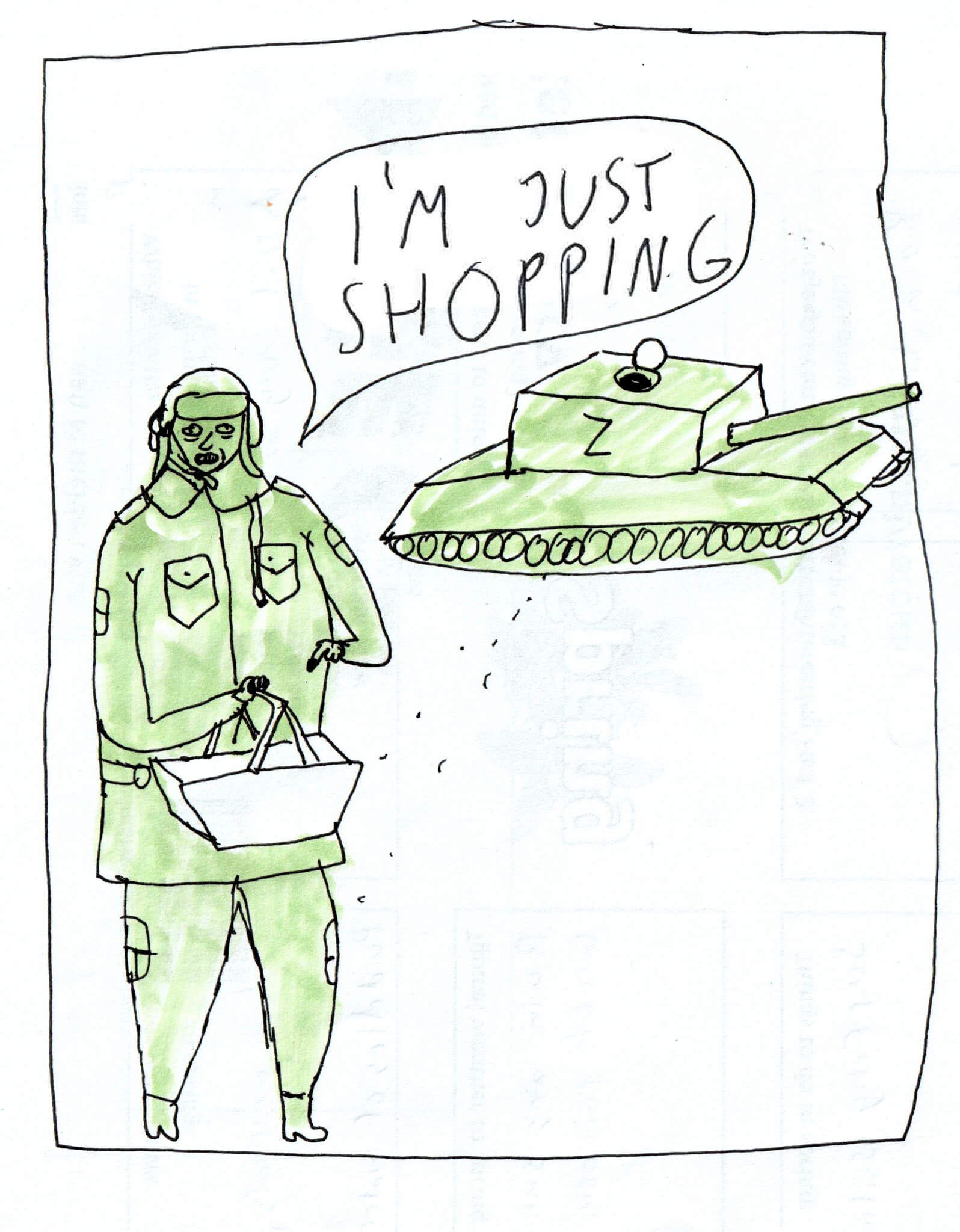
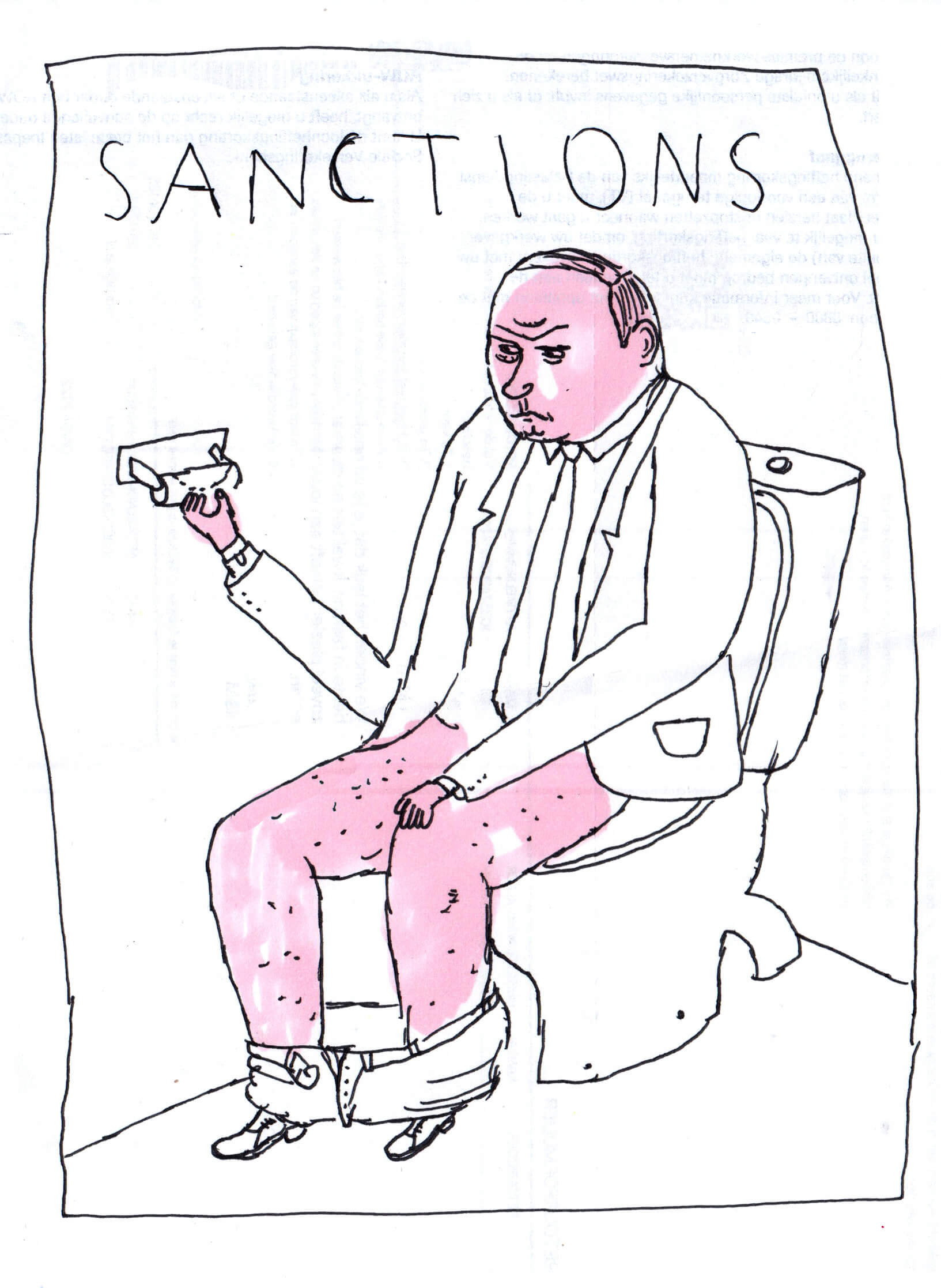
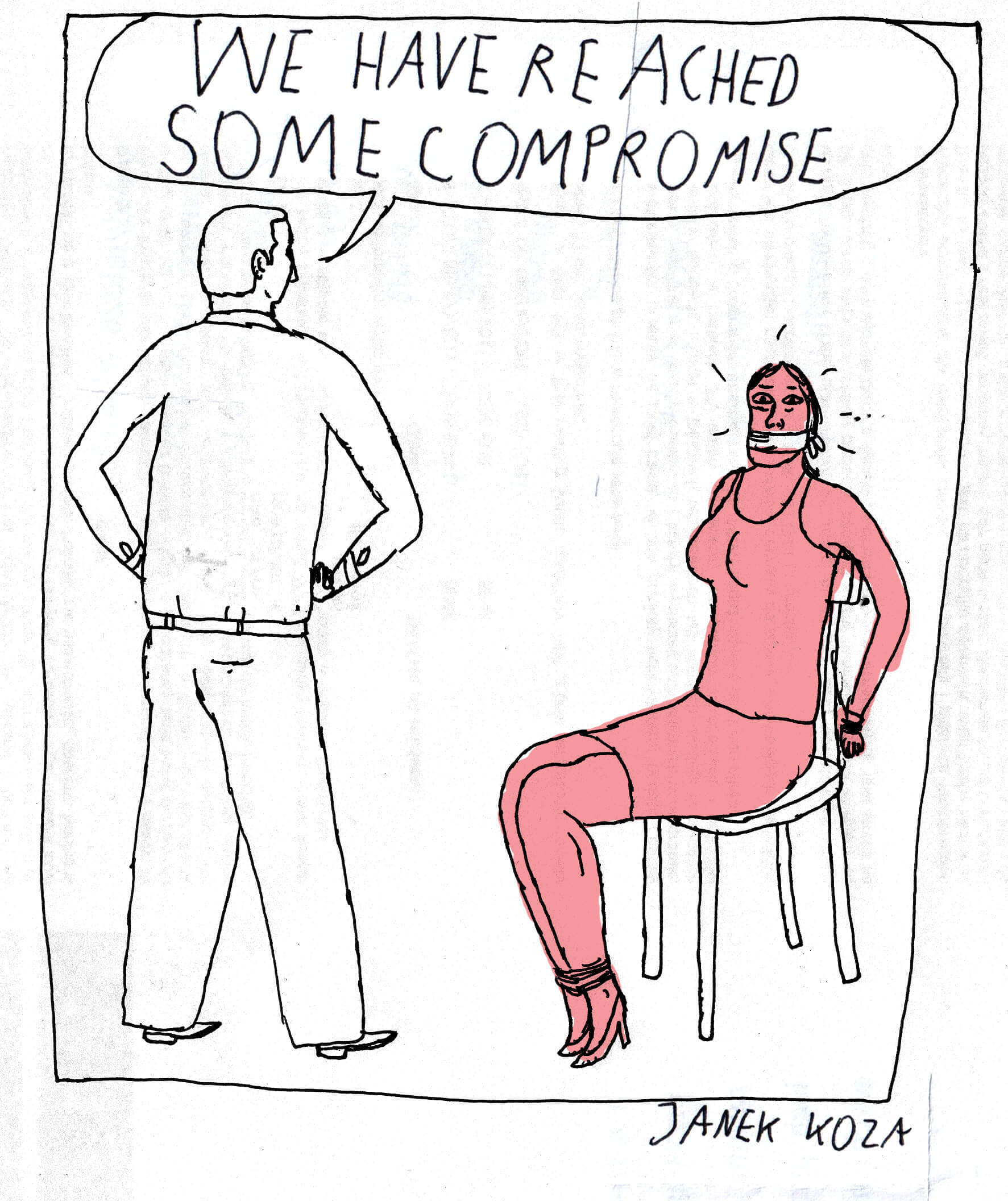

The further away from Ukraine, the fewer people know what is going on. Therefore, I keep drawing, reaching out to people from around the world, and reminding them of what’s happening. People mustn’t think that this is just “another war somewhere out there”.
But I’m not naive. I don’t think that art can change the world and society. Yet, it allows you to express your thoughts and find like-minded people. Besides, it helps to find a way to talk about complicated and serious topics.
I don’t think that art can change the world and society.
What I’d like to say to the Ukrainians is: don’t thank the Poles for their help. Our help is a normal and obvious reaction. People in Ukraine have been attacked, and the civilian population is being treated with extreme cruelty. Our help is our duty.
I am glad to see Polish society united and determined to help Ukraine. In fact, I’m a little surprised by the scale of it. Especially knowing how reluctant were the Poles when it came to helping refugees before. I don’t believe in nations, it doesn’t matter what country we are from. We are all people, and we should support each other.
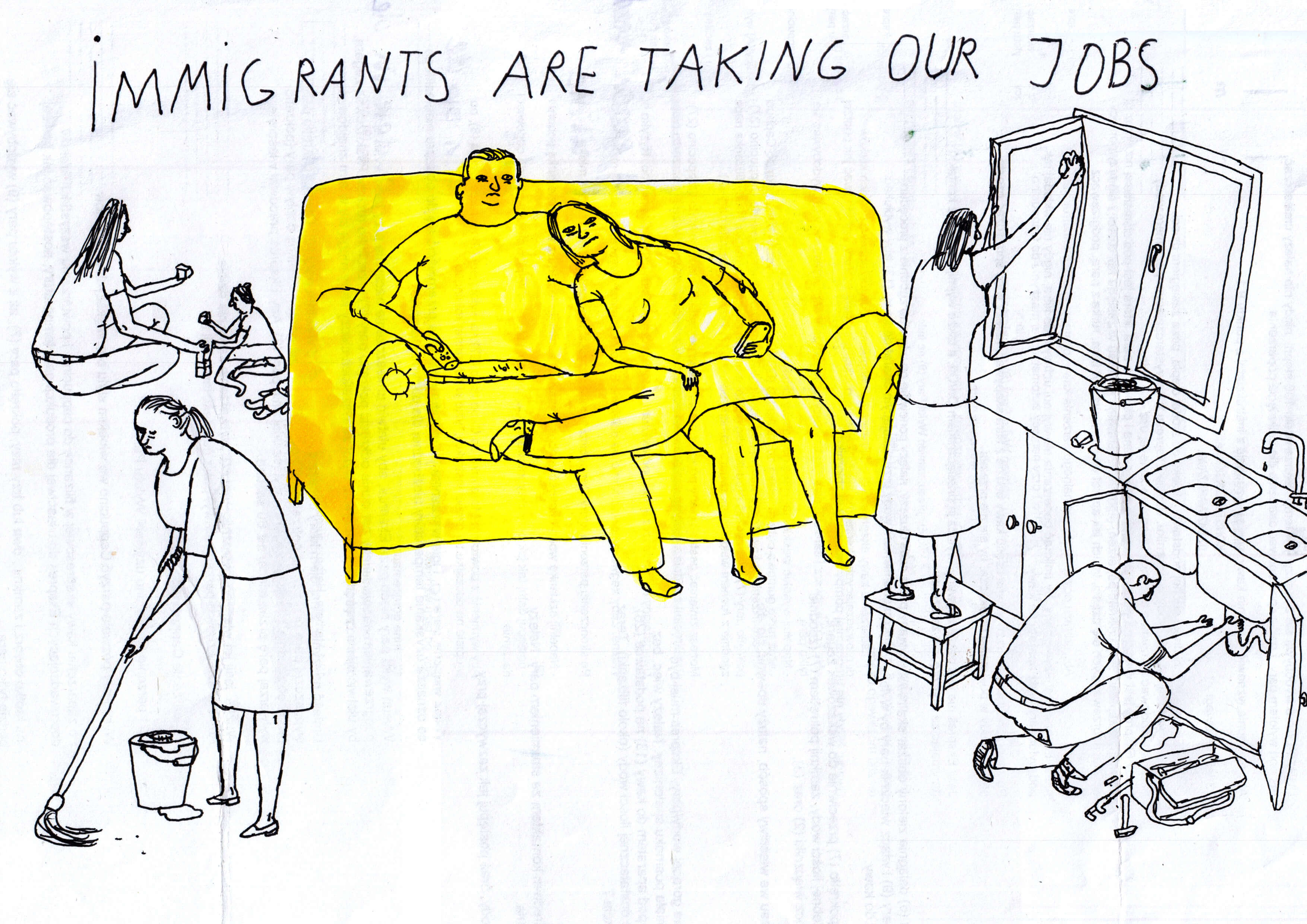
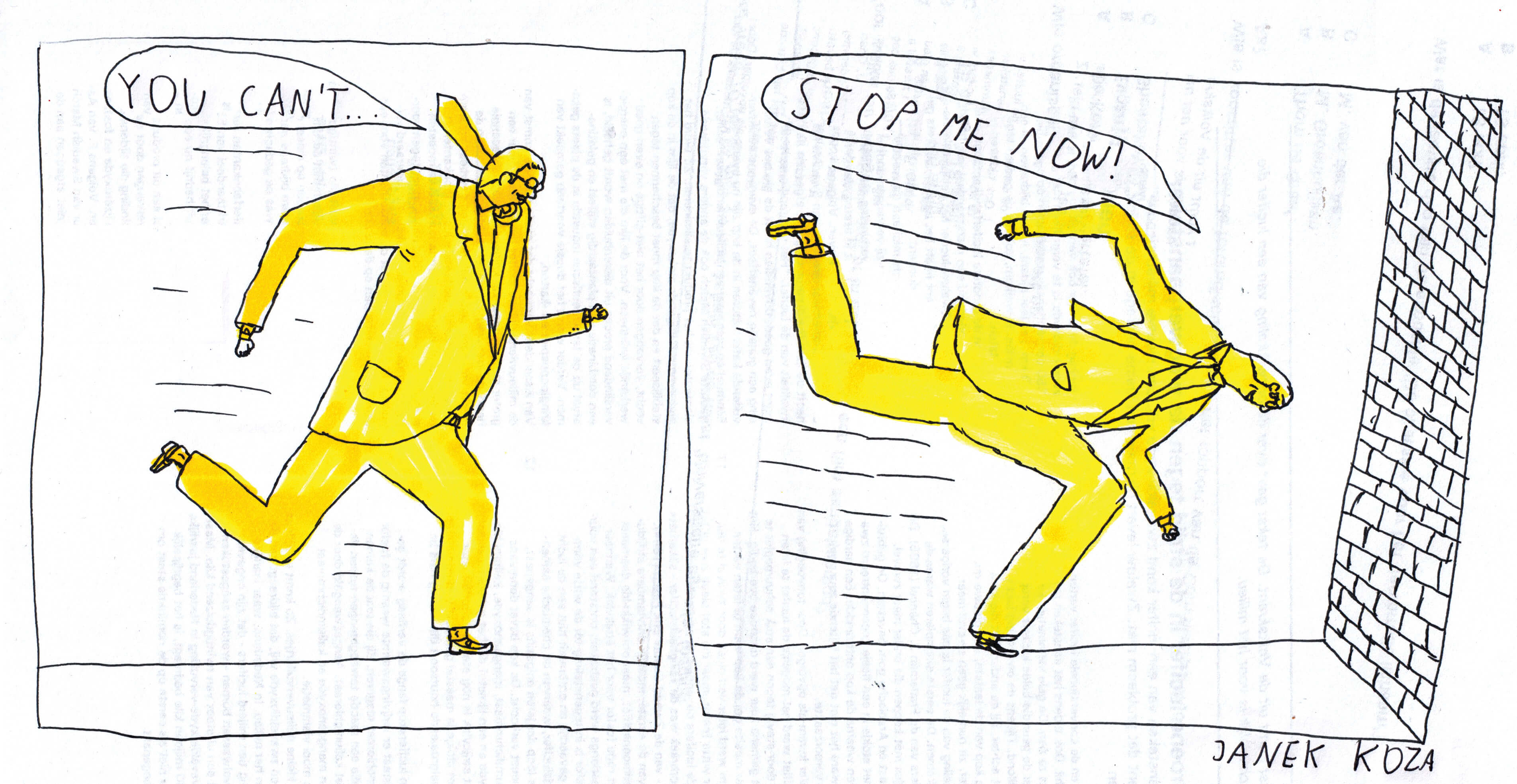
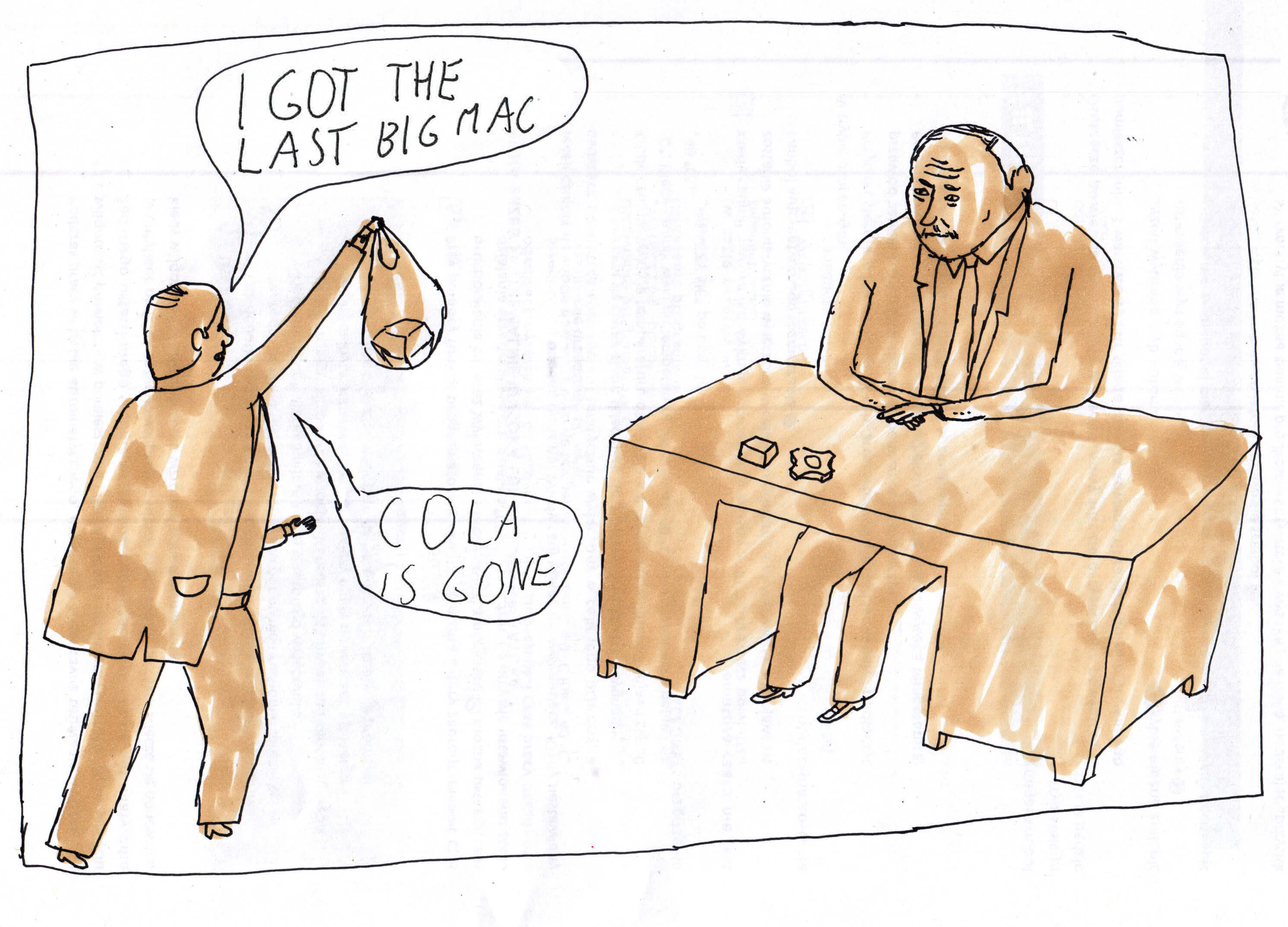


New and best
